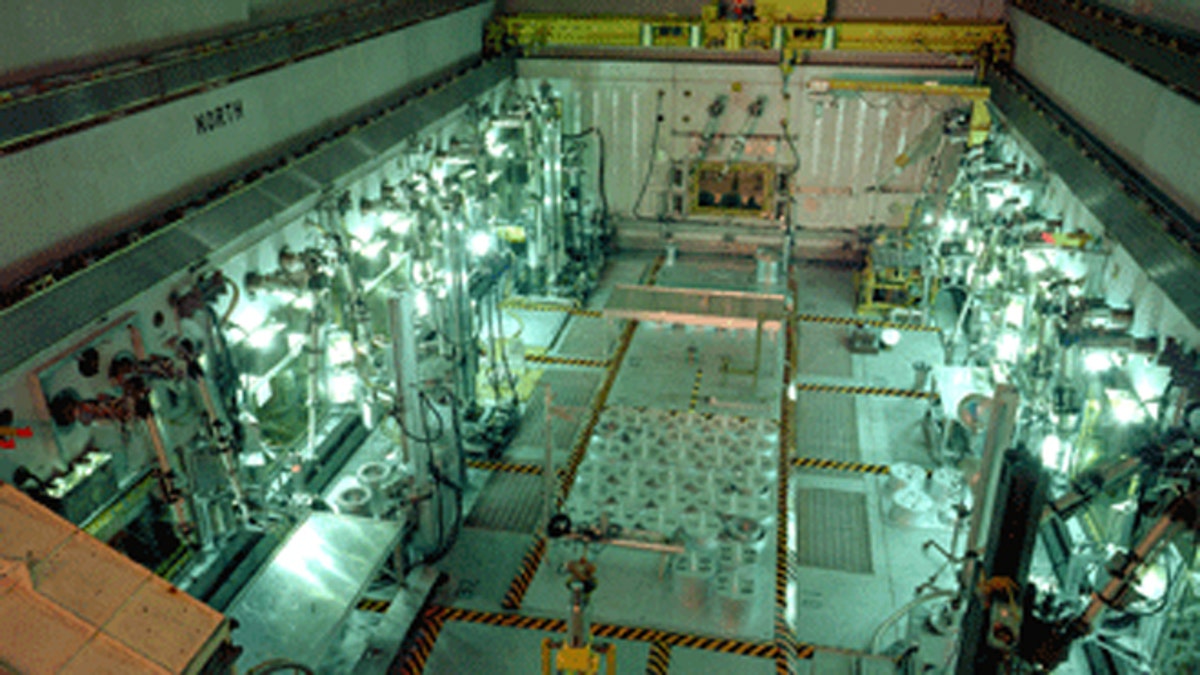
Shown here is a facility at the Idaho National Laboratory. (Department of Energy)
Workers at Department of Energy nuclear research centers have been putting lives at risk by incorrectly storing explosives, improperly labeling bunkers and even inspecting explosives at "populated" main gates, according to a newly released internal report.
The inspector general report found "problems with handling and storing explosives" at all four sites, which were examined by the office. The centers are part of a federal network of sites that research explosives "detection, effects and mitigation." Citing the dire consequences of a mistake, though, the inspector general's office urged the contractor-operated sites to continue improving their safety procedures.
"A single incident has the potential for catastrophic consequences due to the dangerous nature of explosives," the report said. "Failure to properly implement safety protocols for explosives handling and storage procedures unnecessarily increases the risk of harm to personnel, infrastructure and equipment."
At two sites, the inspector general's office found that workers were inspecting explosives shipments at "populated main gates" during peak hours, "contrary to established practice designed to minimize the impact of inadvertent detonation."
Standard practice, according to the report, is for such inspections to be held in a "remote area and/or during non-peak traffic hours."
The two sites were Savannah River Site in South Carolina and Idaho National Laboratory. The report said the Savannah crew responded by moving its inspections to an unpopulated area -- but the Idaho staff had not changed its procedures on inspections at the time of the report.
A spokesman for the Idaho laboratory, though, said the lab has since made that final change. Last week, the spokesman said, the facility corrected its procedures so shipments would only be accepted during "non-peak" hours, adding that the gate is in an "isolated" location.
"Idaho National Laboratory takes the report very seriously and we view it as an opportunity to improve on our existing safety processes," the facility said in a statement. "The laboratory has safely handled and performed explosives research for more than 60 years without a significant injury or incident and the public has never been at risk. The laboratory closely follows requirements from the Departments of Transportation and Energy and has never been found in violation of these regulations. All of the recommendations outlined in the report have been addressed and resolved since inspectors first visited our facility in 2010."
According to documents included in the report, the issue of Idaho's explosives inspection routine was initially a matter of contention.
Idaho site officials claimed their shipments were inspected during "non-peak hours," from 9 a.m. to 3 p.m. The inspector general's office, though, said the logs indicate two of the six shipments in 2011 were delivered at 8:30 a.m.
Idaho site officials claimed that only about six personnel are assigned to screening shipments. In a written response to the office, the Idaho site said those shipments are "assumed to be safe" considering they're already subject to Transportation Department standards before arriving. The office said a package has never arrived in "unsatisfactory" condition, and likened the risk at the inspection point to the risk during transit.
However, the report noted that even though only six workers are screening shipments, "hundreds of federal and contractor personnel must pass through the main gate daily, which is located adjacent to the inspection station." The report said "hundreds" of employees enter and exit at least twice a day.
The report, though, praised the four sites for making changes after other problems were flagged. This included a finding that at all four sites, workers were storing combustible materials with explosives in storage bunkers, which could "exacerbate an already critical situation." It also cited the facilities for improper labeling and disposal techniques.
The two other sites reviewed were Sandia National Laboratories and Los Alamos National Laboratory in New Mexico.




